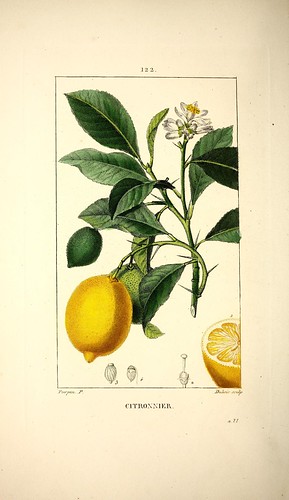As more information surfaces about the treasure trove of 1,500 looted works found hidden in Munich, the VRC will be following the story closely in hopes that quality images and information about the artworks become available.
So far the New York Times has posted a slideshow of 8 images, and other news websites are showing the same set.For more information, visit the NYT’s articles on the discovery:
German Officials Provide Details on Looted Art (11/5) and Documents Reveal How Looted Nazi Art Was Restored to Dealer (11/6)
